
Tongli FRP chimney is an exhaust duct made of glass fiber reinforced plastic material, which has the advantages of light weight, strong corrosion resistance and long service life. Compared with traditional steel chimneys, the weight of FRP chimneys is only about 40% of that of steel chimneys of the same size. It can withstand most acid, alkali and chemical corrosion, and its service life can reach more than 25 years. It is manufactured by winding molding process and can be customized in various shapes and sizes. The chimney diameter ranges from 300mm to 4000mm and the height can reach 50 meters. It is widely used in places where smoke needs to be discharged, such as power, fertilizer, chemical, smelting, petroleum, etc., and can also be used in ventilation duct systems.


Efficient Fiberglass chimney Solution
A MACHINE YOU CAN DEPEND ON!
Tongli uses alkali-free glass fiber reinforced unsaturated polyester resin, which has the characteristics of light weight and high strength. The temperature resistance can reach 180℃, which is much higher than ordinary steel. The wall temperature is only 1/5 of the flue gas temperature, and the insulation performance is excellent. The overall smooth and streamlined structure design, the resistance coefficient is as low as 0.6, effectively reducing wind resistance and energy consumption
In winter or places where insulation is required, FRP chimneys can achieve good insulation effects without insulation layers or heat insulation layers. This is due to the slow heat transfer characteristics of FRP materials. According to customer requirements, more corrosion-resistant products can be produced.
FRP chimneys have excellent tolerance to corrosive media such as acids, alkalis, and salts. Experiments have shown that after long-term use in acid rain and salt spray environments, the performance remains stable after 10 years, and the service life can reach more than 30 years. It is more widely used in chemical, metallurgical and other industries
The cost and ex-factory price of FRP chimneys are lower than those of other types of chimneys, and they have a long service life; FRP chimneys produced with high-quality FRP also have a longer service life, a smaller specific gravity, and are easier to transport than other metal products. The amount of steel supporting them is more economical, and the comprehensive installation cost is lower.
| Parameter Name | Parameter Value |
| Material | Fiberglass (FRP - Fiber Reinforced Plastic) |
| Height Range | 10 meters - 100 meters |
| Diameter Range | 0.5 meters - 5 meters |
| Wall Thickness | 5 mm - 30 mm |
| Design Temperature | -40℃ to 120℃ |
| Corrosion Resistance | Resistant to acids, alkalis, salts, solvents, and various chemical media |
| Tensile Strength | ≥ 150 MPa |
| Compressive Strength | ≥ 200 MPa |
| Flexural Strength | ≥ 250 MPa |
| Thermal Conductivity | 0.2 W/(m·K) |
| Electrical Insulation | Excellent (Insulation resistance ≥ 1×10^12 Ω) |
| Installation Method | Flange connection, socket connection, welded connection |
| Service Life | Over 20 years |
| Self-Weight | Light (about 1/2 - 1/3 the weight of equivalent steel chimneys) |
| Maintenance Requirement | Low |
| Application Fields | Power, Chemical, Metallurgical, Environmental Protection industries |
| Color | Customizable upon request |
| Surface Treatment | Smooth surface treatment, coating protection |
| Fire Resistance Level | Up to UL94 V-0 level |
Fiberglass chimneys are primarily made of Fiber Reinforced Plastic (FRP), consisting of glass fibers and resin.
The glass fibers provide high strength and tensile properties, while the resin ensures corrosion resistance and weatherability.
Common types of resin include polyester, vinyl ester, and epoxy resins. The density of fiberglass chimneys is typically between 1.8-2.0 g/cm³, significantly lower than steel's 7.85 g/cm³, resulting in a lighter weight.
Fiberglass chimneys have excellent corrosion resistance, able to withstand various chemical environments.
This resistance mainly comes from the resin matrix, such as vinyl ester and epoxy resins. These resins resist acidic and alkaline solutions with pH values ranging from 2 to 12, as well as various organic solvents. In 50% concentrated sulfuric acid, the weight loss rate of fiberglass materials is less than 0.1% per year.
Additionally, fiberglass has excellent oxidation and weather resistance, with a service life exceeding 20 years outdoors. These properties make fiberglass chimneys particularly suitable for corrosive industrial environments like chemical and metallurgical industries.
Fiberglass chimneys exhibit excellent strength performance, meeting diverse industrial application needs.
Their tensile strength typically ranges from 150-400 MPa, compressive strength reaches 200-800 MPa, and flexural strength is around 250-400 MPa. These values are comparable to ordinary steel and, in some aspects, even superior. The elastic modulus of fiberglass is about 20-40 GPa, providing better impact resistance despite being lower than steel.
Fiberglass chimneys can withstand wind speeds up to 150 km/h, meeting building requirements in most areas. Furthermore, the specific strength (strength-to-density ratio) of fiberglass is much higher than steel, allowing for significant weight reduction while maintaining strength.
A major advantage of fiberglass chimneys is their lightweight nature. The density of fiberglass materials is usually between 1.5-2.0 g/cm³, which is only 1/4 to 1/5 that of ordinary steel (7.85 g/cm³).
This means that fiberglass chimneys of the same size weigh only about 1/3 of steel chimneys. For example, a fiberglass chimney with a height of 30 meters and a diameter of 1.5 meters may weigh only 3-4 tons, while a steel chimney of the same specifications might weigh 10-12 tons.
This lightweight design significantly reduces transportation and installation costs, lessens the load on infrastructure, and allows for the installation of tall chimneys in areas with limited load-bearing capacity.
Fiberglass chimneys are widely used in power, chemical, metallurgical, environmental protection, and municipal industries. In the power industry, fiberglass chimneys are commonly used in flue gas emission systems of thermal power plants.
In the chemical industry, they are suitable for processes involving the discharge of corrosive gases. In the metallurgical industry, fiberglass chimneys are used for high-temperature and corrosive flue gas emissions. In environmental protection, they are often used in waste incineration and sewage treatment plants.
In municipal engineering, they are used for discharging flue gas from boiler rooms and heating stations. Their excellent corrosion resistance and lightweight characteristics make them an ideal choice in these fields.
Fiberglass chimneys have relatively low maintenance requirements due to their excellent corrosion resistance and weatherability. Generally, regular inspections of the chimney's exterior and joints for any damage or wear are sufficient. Additionally, periodically cleaning the interior walls of the chimney from soot and dust helps maintain good exhaust performance.
Thanks to their material properties, fiberglass chimneys do not require frequent anti-corrosion treatments or coating repairs like metal chimneys. This significantly reduces maintenance costs and effort.
Regular maintenance checks ensure the long-term reliability and safety of fiberglass chimneys, allowing them to operate efficiently and meet various industrial demands.
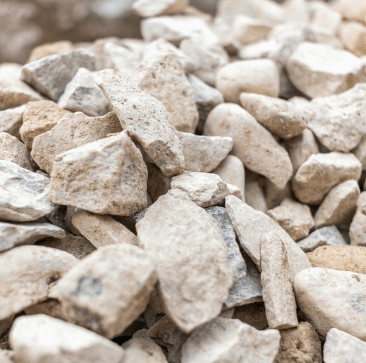
Sulfur dioxide mainly comes from the combustion of sulfur-containing fuels. FRP chimneys guide exhaust gas containing sulfur dioxide to subsequent treatment devices. Sulfur dioxide can cause environmental problems such as acid rain. After being discharged through FRP chimneys, sulfur dioxide is absorbed and converted using processes such as the limestone-gypsum method.

Nitrogen oxides are produced during high-temperature combustion. FRP chimneys are the channel for nitrogen oxide tail gas emissions. Nitrogen oxides can form photochemical smog and acid rain. In the denitrification device connected after the FRP chimney, such as the selective catalytic reduction (SCR) system, catalysts and reductants are used to reduce nitrogen oxides to nitrogen and water
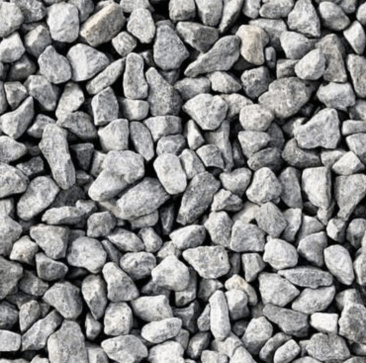
Particulate matter includes small solid particles such as dust and smoke. FRP chimneys can guide tail gas containing particulate matter. Many industrial processes such as combustion and grinding will produce particulate matter. After these particulate matter is discharged through the FRP chimney, they are intercepted and collected in subsequent equipment such as bag dust collectors and electrostatic precipitators.
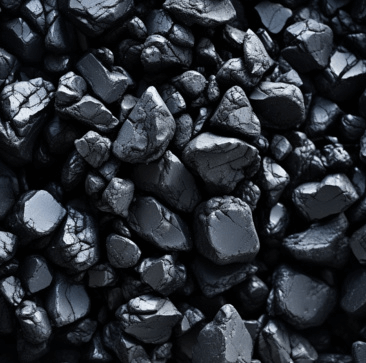
Carbon monoxide is mainly a product of incomplete combustion. FRP chimneys are used to transport tail gas containing carbon monoxide. Carbon monoxide is a toxic gas. Through FRP chimneys, carbon monoxide tail gas is introduced into the combustion device or catalytic oxidation device, so that it is converted into carbon dioxide under the action of sufficient oxygen and catalyst to reduce its toxicity.
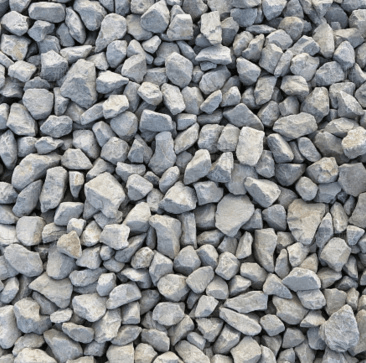
Hydrogen chloride tail gas is produced in processes such as chemical production. FRP chimneys play the role of transporting hydrogen chloride tail gas. Hydrogen chloride is corrosive and can damage the environment and equipment. When the tail gas passes through the FRP chimney and enters the absorption tower and other equipment, the hydrogen chloride is absorbed by alkali solution and converted into salt and water.

Hydrogen fluoride often appears in the tail gas of some chemical and metallurgical industries. FRP chimneys are responsible for guiding hydrogen fluoride tail gas. Hydrogen fluoride is highly toxic and corrosive. The tail gas enters the scrubber through the FRP chimney, and absorbs hydrogen fluoride with a compound solution containing calcium or magnesium to generate calcium fluoride or magnesium fluoride precipitation, etc.
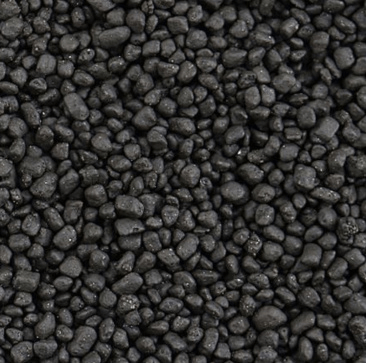
Hydrogen sulfide mainly comes from processes such as petroleum refining and sewage treatment. FRP chimneys serve as exhaust gas discharge channels. Hydrogen sulfide has a foul odor and is toxic. Hydrogen sulfide exhaust gas is transported to processing equipment such as the Claus unit through the FRP chimney, and hydrogen sulfide is converted into products such as sulfur and water through chemical reactions.
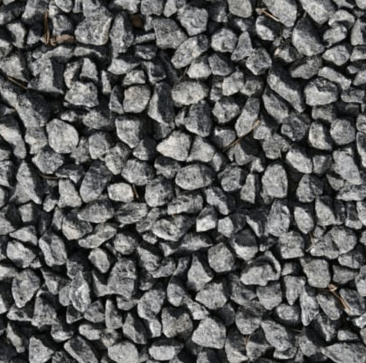
Volatile organic compounds come from industries such as chemical and coating. FRP chimneys are used to discharge exhaust gas containing VOCs. VOCs will form ozone and photochemical smog. After the exhaust gas passes through the FRP chimney, it enters devices such as activated carbon adsorption and catalytic combustion to adsorb or oxidize and decompose VOCs, reducing their concentration in the atmosphere.
You can get in touch with us through the following contact information
AddressNo. 2289 Huancheng South Road, Tongxiang, Jiaxing, Zhejiang Province, China. Zip code:314500
Please fill in the sales inquiry form and our sales representatives will be in touch shortly.